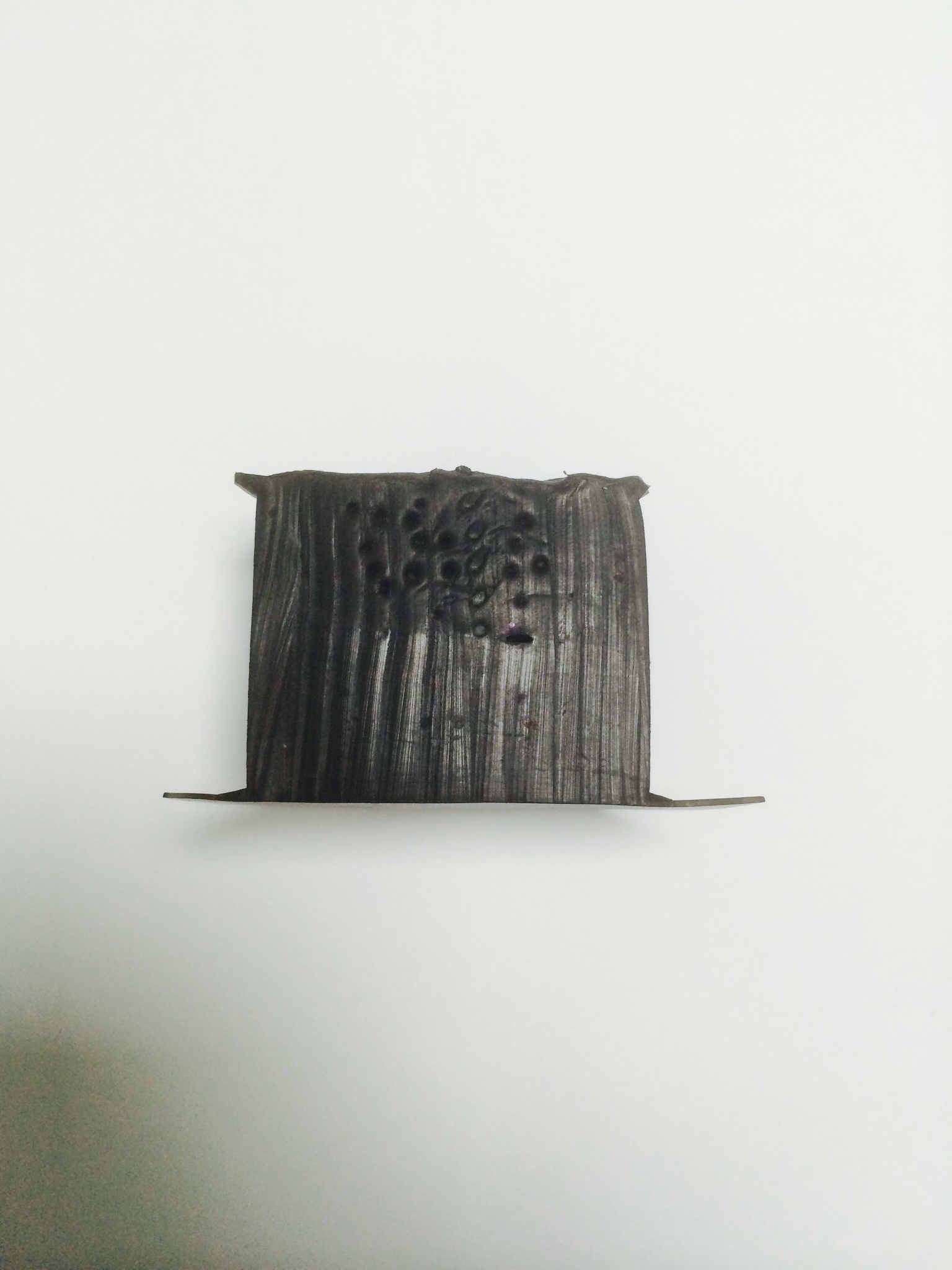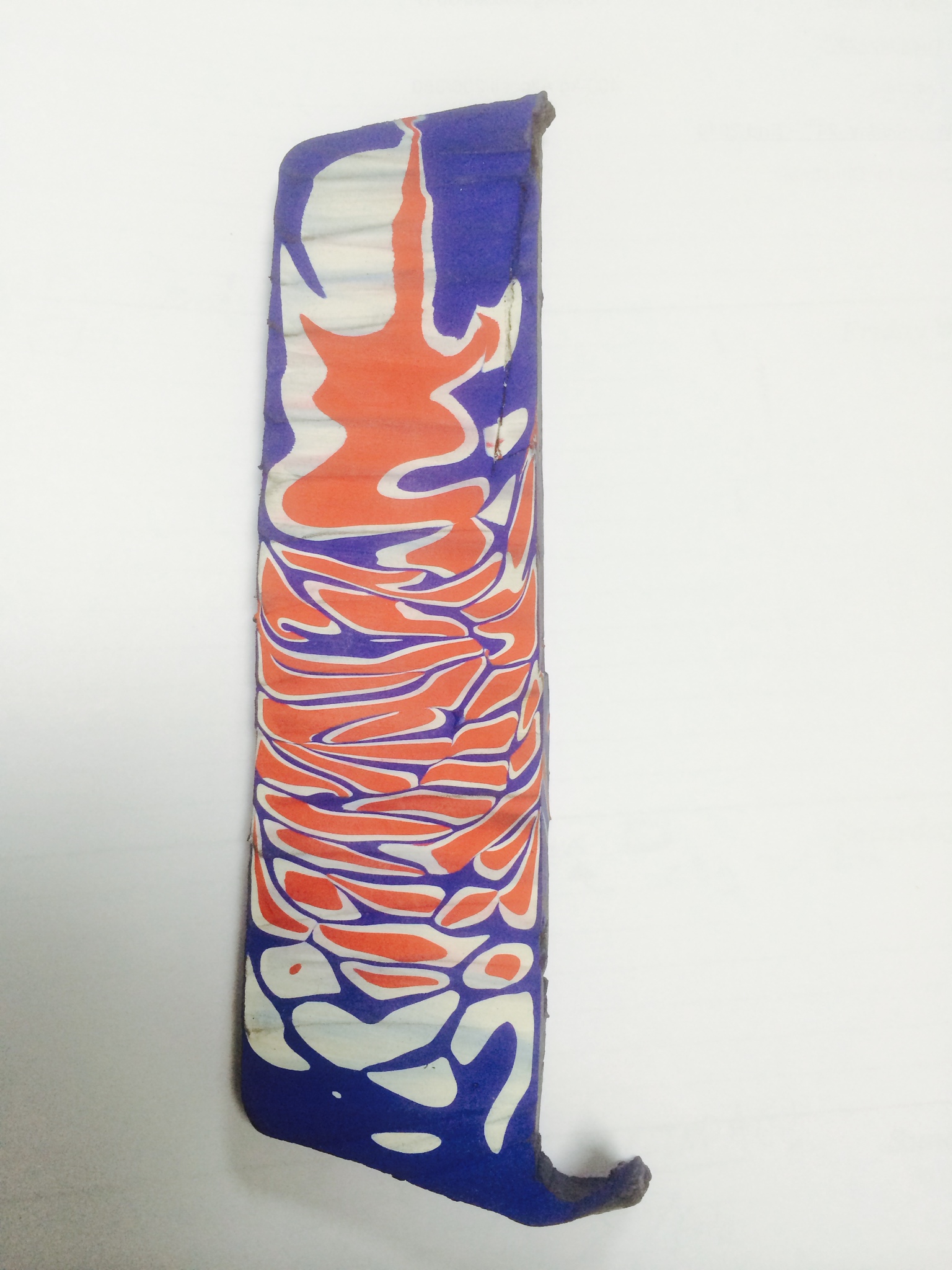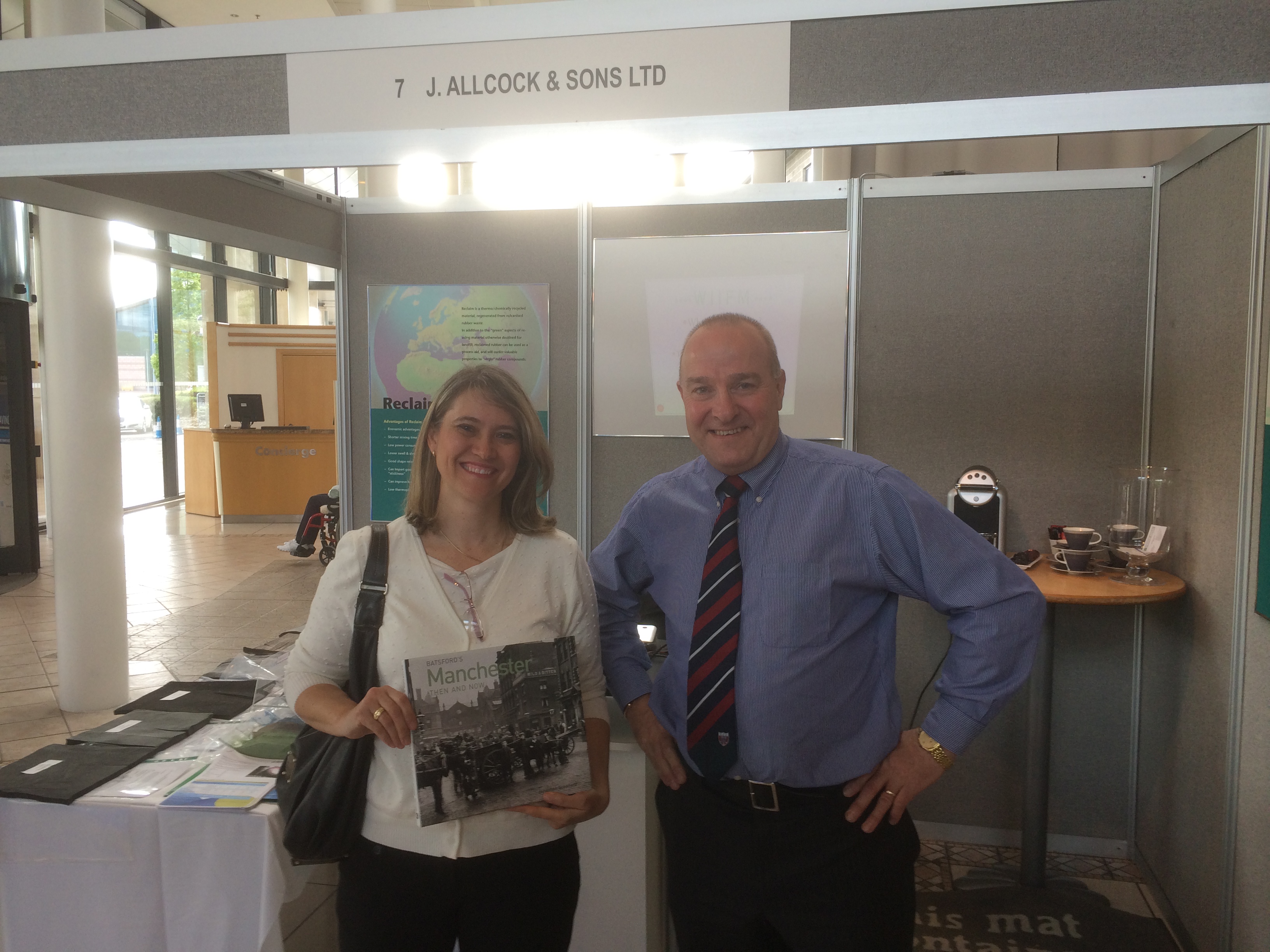Although we’ve blogged about Rubber Reclaim in two previous posts (31/08/12 & 13/09/12), we thought another blog would reinforce Rubber Reclaim as a viable rubber hydrocarbon source, carbon black source and¬†process aid.
In the 31/08/12 blog, which is still available to read, we wrote about how it is made, its basic properties and why a compounder should use it. In this post we hope to expand on these slightly and talk about ourselves, as UK and European suppliers of Reclaim.
How Rubber Reclaim is made:
Step 1) Collection and Selection of suitable materials
This is probably the most important step. In order to get a uniform and consistent product you have to use the correct materials. This is a part of the process that for many years has been overlooked hence producing inconsistent materials.
Step 2) Reduction in size and removal of contaminants.
In Tyre Reclaim this consists of removing the bead wire, cutting out the side wall then granulating the remaining materials to 2-4mm removing textile and metals.
In Butyl Reclaim Tubes are de-valved  and patches removed before being granulated.
Step 3) Blending
The rubbers are mixed with the chemicals required and the oils needed for the reclaiming process to take place.
All the chemicals and oils used today are REACH registered and compliant on PAH’s
Step 4) Cooking
This is where the materials are heated up. There are 2 main ways this is done either using an extruder to produce mechanical heat. Alternatively the materials are cooked in a digester using steam pressure to give 160¬į C
Step 5 ) Mastication
Either in the extruder or on a 2 roll mill the rubber is worked which breaks the polymer chain, also refining and blending the reclaim
Step 6) Filtering
The better quality producers at this point extrude the materials through a 60‚Äôs mesh (250 ¬Ķm) filter to remove any undigested materials (nibs)
Step 7) Finishing
The filtered material is either extruded into blocks or is put back on a mill where a paper thin sheet is built up to 15mm thickness before being cut into blocks, coated in anti-tack agent and weighed off into the desired bundle weight (normally 25 kilos, but any bundle size is possible on request)
So why should you use Rubber Reclaim?
3 Reasons; RHC Source, Carbon Black Source and Processing Aid.
1) Rubber Hydrocarbon Source
Reclaim is a more cost effective source of rubber hydrocarbon than virgin rubber.
- Attractive Price – Reclaim generally contains 50%+ RHC . For every 1% Reclaim you add you save 0.6% on Compound Cost*
- Price Stability РPrices are not affected by NR and SBR prices.
* Based on an average compound cost of £1-70/kg

NR Prices versus Reclaim Prices
2) Carbon Black Source
- Tyre reclaim contains approximately 27% of reinforcing Carbon Black
- Easy to use as a Black Masterbatch
- Much cleaner and easier to handle
3) Processing Aid
- Improved Processing
- Uniformity
- Low Heat Development
- Low Thermoplasticity
- Minimum Reversion
- Low Swelling and Shrinkage
- High Rate of Cure
- Good Aging
- Good Shape Retention
- Improved Tack
Other Savings include reduced mixing times and power consumption
Markets
There are 3 main types of rubber reclaim; tyre, butyl and EPDM. These reclaim serve a number of markets:
1) Tyre Reclaim
-  Tyres- New
- Retreading
- General Moulding
- Belting
- Adhesives
- Footwear
- Sheeting/Matting
2) Butyl Reclaim
- Inner Tubes
- Tyre Lining
- Tyre Repair
- Cable Bedding Compound
- Sound Reduction
- Sheeting & Belting
- Mastics and Adhesives
3) EPDM Reclaim
- Automotive Extrusions
- Hoses
- Civil Engineering Extrusions
- General Moulding
- Roofing Membrane
Where do J. Allcock & Sons fit in?
J. Allcock & Sons are UK distributors of¬† Rubber Reclaim for GRP Limited, who are based in India and have a maximum capacity of 89,000MT’s per year.
We have been supplying reclaim from GRP Limited for many years and have proven it to be a successful partnership and have expanded our customer base overseas.
Although GRP Limited have distributors all over the world, any enquiries are welcome and if we cannot supply GRP Products to your location ourselves, we would happily point you in the right direction!
To conclude this post. Please do not hesitate in emailing ja@allcocks.co.uk  or phoning on +44 (0)161 223 7181 for any enquiries or information on reclaim. We firmly believe reclaim has a place in todays rubber compounding market.








